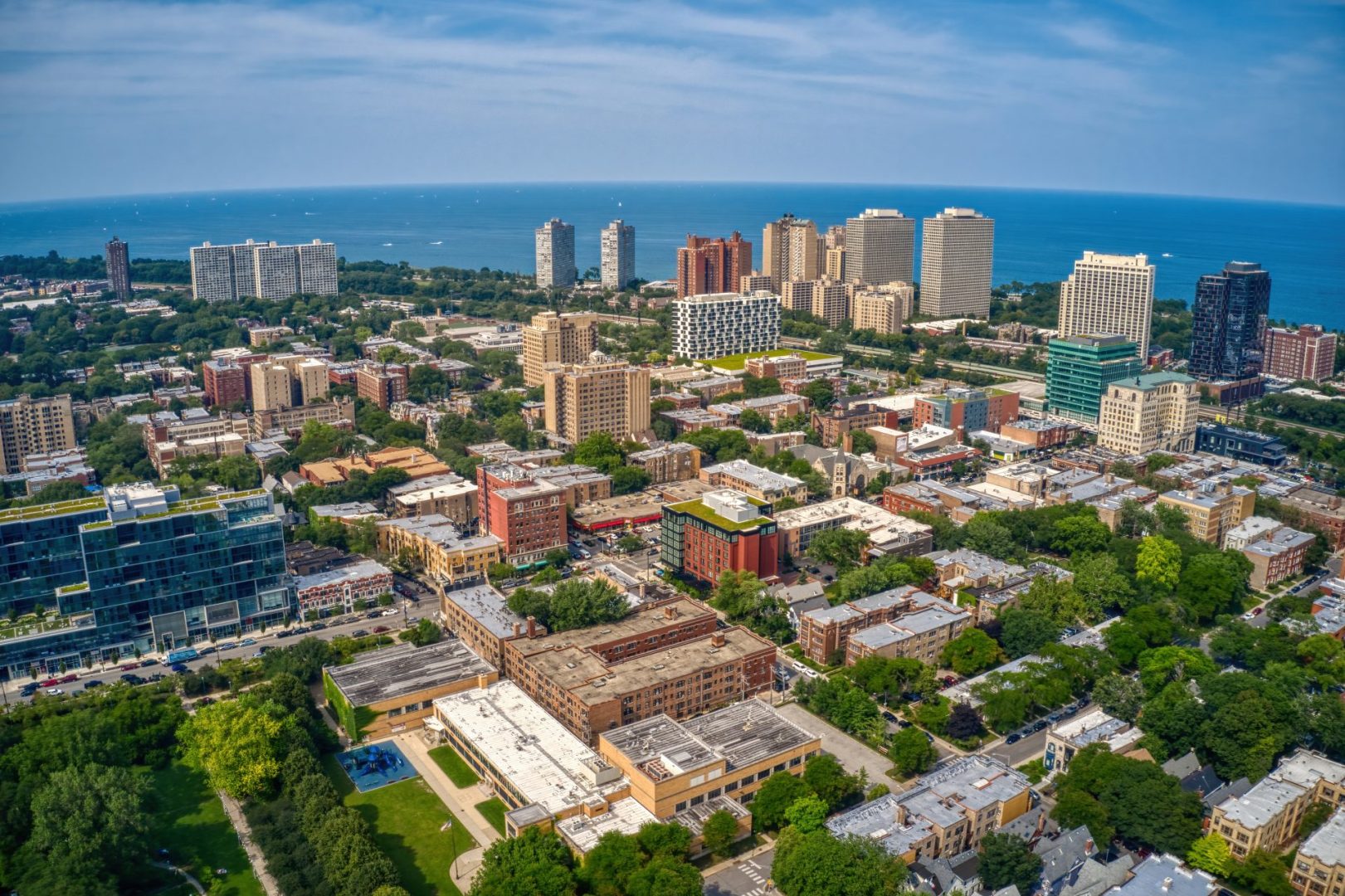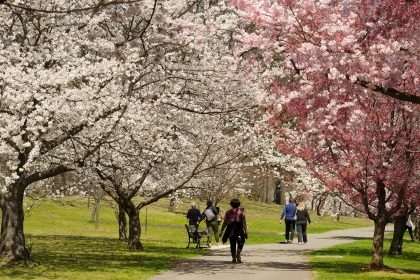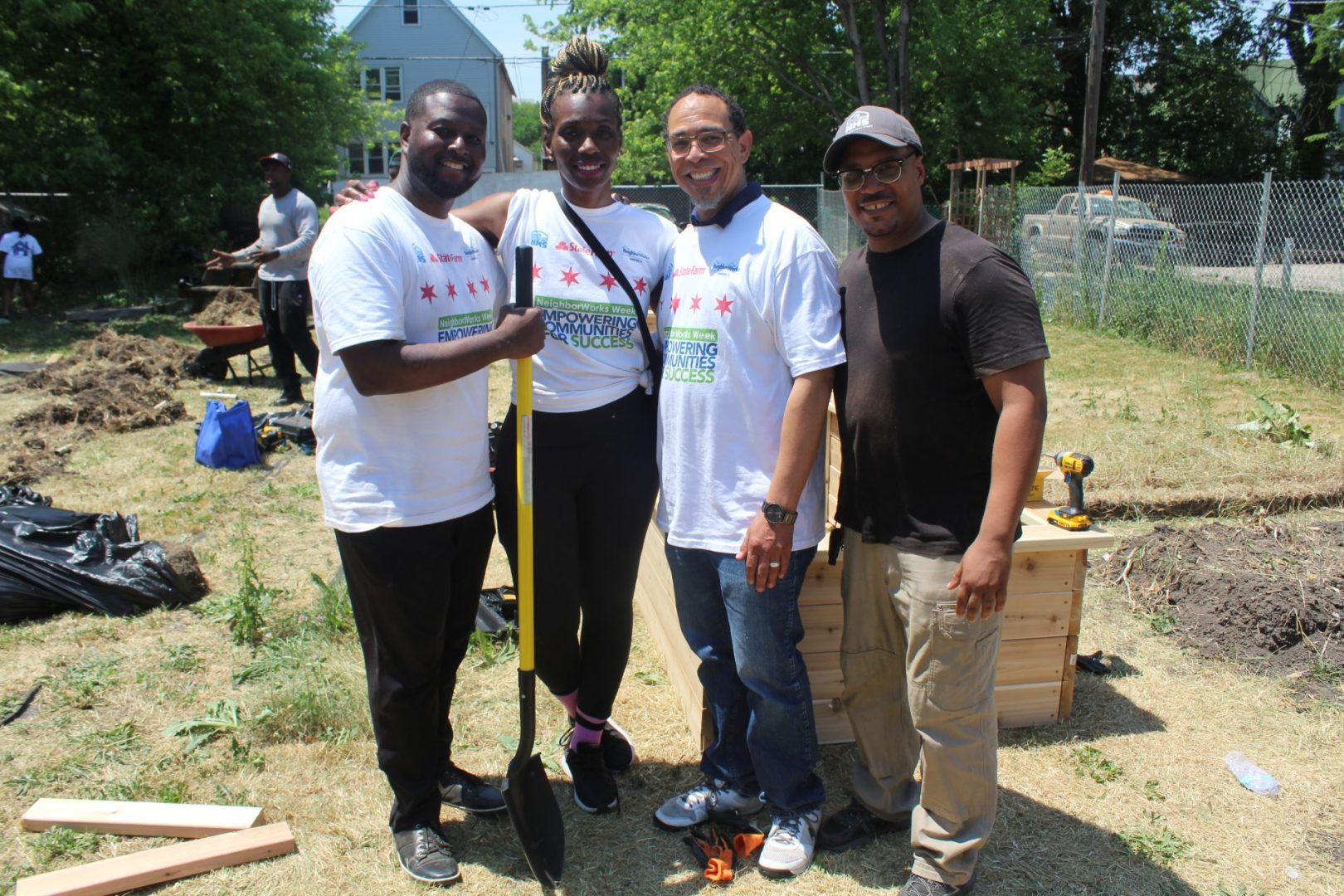Newark, New Jersey’s vibrant renaissance continues gaining momentum as the city’s diverse neighborhoods undergo remarkable transformations while preserving their authentic character. Beyond the well-traveled downtown business district and Prudential Center area, Newark offers fascinating communities where innovative development, cultural richness, and community pride create unique urban experiences worth exploring.
The Ironbound dazzles with multicultural energy and culinary excellence
The Ironbound stands as Newark’s most internationally recognized neighborhood, spanning approximately four square miles east of Penn Station. This thriving enclave earned its industrial-era name from the railroad tracks that once bordered the area and the metalworking businesses that operated here. Today, the Ironbound showcases Newark’s remarkable cultural diversity through its predominantly Portuguese, Spanish, and Brazilian influences, creating a European-infused atmosphere unique in the metropolitan region.
Ferry Street serves as the Ironbound’s pulsing main artery, lined with over 170 restaurants representing culinary traditions from across the Iberian Peninsula, Latin America, and beyond. Portuguese flame-grilled chicken, Spanish tapas, Brazilian churrasco, and Ecuadorian seafood create an extraordinary dining landscape that draws food enthusiasts from throughout the Northeast. The neighborhood’s reputation for authenticity extends to its bakeries, where Portuguese pastéis de nata (custard tarts) and Spanish churros maintain traditional recipes passed through generations.
Beyond its celebrated food scene, the Ironbound offers a complete urban experience through independently owned boutiques, specialty markets, and family businesses that have operated for decades. Independence Park provides green space for community gatherings, while the Portuguese Sports Club hosts cultural events and soccer viewings that transform the neighborhood during international tournaments.
University Heights cultivates intellectual energy and artistic innovation
Centered around five major educational institutions—Rutgers University-Newark, New Jersey Institute of Technology, Essex County College, Rutgers Biomedical and Health Sciences, and Berkeley College—the University Heights neighborhood creates a dynamic urban campus environment that powers much of Newark’s intellectual and creative energy. This district encompasses approximately 50,000 students, faculty and staff, generating an academic ecosystem that increasingly connects with surrounding communities.
The neighborhood’s transformation accelerated when these institutions shifted from commuter-focused campuses to more integrated urban presences with expanded student housing, public spaces, and community engagement initiatives. Modern residential buildings now house thousands of students who contribute to the area’s around-the-clock vitality through patronage of cafes, restaurants, and cultural venues.
Cultural landmarks within University Heights include Express Newark, housed in the former Hahne & Company department store. This 50,000-square-foot arts collaborative houses printmaking facilities, portrait studios, lecture spaces, and galleries where university faculty and students collaborate with community artists and residents. The transformation of this historic building symbolizes the neighborhood’s successful integration of Newark’s past with contemporary creative practices.
The Coast/Lincoln Park cultivates creative community through historical preservation
This residential enclave centered around historic Lincoln Park represents one of Newark’s most impressive neighborhood revitalizations. Once containing some of the city’s grandest homes before experiencing decades of disinvestment, The Coast (a name reflecting its position on Newark’s eastern edge) now showcases successful community-driven preservation combined with strategic new development.
Lincoln Park itself serves as the neighborhood’s green heart—a seven-acre Victorian-era square surrounded by remarkably preserved brownstones and townhouses from the late 19th century. Community efforts have restored the park’s historic statuary, pathways, and landscaping, transforming it into an active community space hosting farmers markets, outdoor performances, and fitness activities.
The Coast’s architectural preservation success appears most dramatically in its remarkable collection of Victorian and Edwardian homes. Local preservation advocates fought to protect these structures during urban renewal periods when similar neighborhoods lost historic buildings. Today, these meticulously restored townhouses—many featuring decorative stonework, pocket gardens, and period details—attract residents seeking urban living with historical character.
Forest Hill preserves architectural splendor with contemporary appeal
Located in Newark’s North Ward adjacent to Branch Brook Park, Forest Hill contains the city’s finest collection of preserved early 20th-century mansions and suburban-style homes. Originally developed as an exclusive residential enclave for Newark’s industrial elite, the neighborhood maintains its architectural grandeur while embracing new residents drawn to its tree-lined streets and park-adjacent location.
The neighborhood’s defining feature—Branch Brook Park—was designed by Frederick Law Olmsted’s firm and contains America’s largest collection of cherry blossom trees, exceeding even Washington DC’s famous display. This 360-acre green space provides Forest Hill residents with recreational paths, athletic fields, and spectacular spring blossoms that attract thousands of visitors during the annual Cherry Blossom Festival each April.
Forest Hill’s housing stock showcases extraordinary architectural diversity, including Tudor Revival mansions, Georgian colonials, Mediterranean villas, and Arts and Crafts bungalows. Many properties feature original details like leaded glass windows, hand-carved woodwork, and decorative tilework that new residents have meticulously restored. The neighborhood gained historic district designation in 1990, ensuring preservation of its distinctive character.
Downtown/Arts District balances business roots with cultural dynamism
Newark’s downtown core has transformed dramatically through targeted development focusing on arts, education, and residential conversion of historic commercial buildings. Once primarily a 9-to-5 business district that emptied after working hours, Downtown Newark now sustains around-the-clock activity through strategic adaptive reuse and cultural programming.
The neighborhood’s renaissance centers on the New Jersey Performing Arts Center (NJPAC), which opened in 1997 as a catalyst for downtown revitalization. This world-class venue hosts approximately 400 performances annually, drawing audiences from across the region for symphony concerts, dance performances, jazz series, and comedy shows. NJPAC’s outdoor summer concerts transform adjacent Chambers Plaza into a vibrant gathering space that activates previously underutilized areas.
Military Park, a historic green space dating to colonial times, underwent complete renovation in 2014, emerging as downtown’s communal living room with landscaped gardens, public art, a carousel, and regular programming including fitness classes, farmers markets, and outdoor film screenings. The park’s transformation has stimulated surrounding development, including adaptive reuse of historic buildings for residential and mixed-use purposes.
Newark’s neighborhood revitalization demonstrates how urban communities can reinvent themselves while honoring authentic character and history. Each of these five thriving districts maintains distinctive identity while contributing to the city’s overall renaissance through complementary strengths—cultural diversity in the Ironbound, intellectual energy in University Heights, historic preservation in The Coast/Lincoln Park, architectural grandeur in Forest Hill, and arts-focused development downtown.












